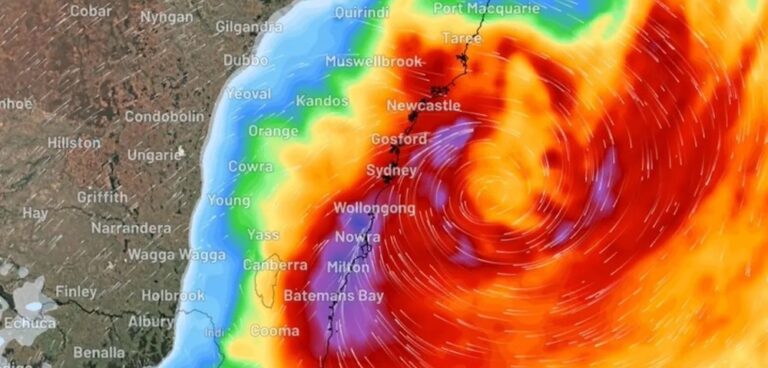
Controversial Inner West housing planning reforms withdrawn last minute

Plans by the Inner West Council to reduce sunlight, parking and size requirements for new apartments in an effort to increase housing supply were withdrawn last minute.
The retracted motion called for the council to “consider the relaxation of non-safety related restrictions on design, including solar access and minimum apartment size requirements” with these considerations replaced with guidelines. Minimum guidelines for parking space would have been axed as the council and the state government focus on construction of housing near railway stations.
Inner West Greens celebrated the motion’s withdrawal. It was replaced by amendments to a separate motion in favour of “ensuring Inner West residents have a right to well-designed, sustainable housing with access to sunlight and enshrining protections and maintenance of solar access and design guidelines.”
The withdrawn plans reflected the findings of a NSW Productivity and Equality Commission report published in September, which proposed the abolition of solar access requirements and the relaxation of parking space stipulations. Present rules in New South Wales require 70 percent of flats in a building to have two hours of direct sunlight in main areas. The suggestion to relax this rule was the focal point of controversy over the report.
“Like all other councils, we know we have to do better to address the housing crisis,” said Labor councillor Jessica D’Arienzo prior to the meeting, as reported by the Herald.
Amendments receive unanimous support
The amendments, proposed by D’Arienzo and Greens councillor Izabella Antoniou, received unanimous support on the council, which is composed of Labor, Greens, Liberal and independent councillors.
Prior to the 22 October council meeting, Antoniou noted that the Productivity and Equal Commission report had been “heavily, and rightly” criticised by the Committee for Sydney, the Royal Australian Institute of Architects and the Planning Institute of Australia.
“Council has an important role to play pushing back against the profit motives of developers and their mates – we have the in-house knowledge for solid integrated planning that meets community’s needs that should be utilised,” Antoniou commented to City Hub.
“People in the Inner West have told us they want density done well – with appropriate infrastructure, [and] good placement that prioritises affordability and that will enhance the liveability of the LGA – that is what the Greens are pushing for.”
Councillors of all stripes campaigned on the need for more affordable housing.
Inner West residents support reform
In general, changes to planning rules appear to have popular support. A council survey of 1,221 residents running from late June to early August found broad support for a number of planning principles being pursued by the council.
77 percent backed the council supporting the state government’s stipulation that thirty percent of Crown land “be maintained in perpetuity as public housing” with comparable majorities supporting other measures to increase housing supply. This included creating incentives for religious organisations to convert land into social and affordable housing.
Majorities between three quarters and two thirds supported rezoning the areas around Ashfield, Marrickville and Dulwich Hill stations to enable more housing development, whilst two thirds agreed with increased residential density around light rail stations.
The council noted that renters, and residents under 30 or over 80 were under-represented in the survey.
Expert pans the withdrawn Inner West housing plans
Dr Laurence Troy is Senior Lecturer in Urbanism at the University of Sydney’s School of Architecture Design and Planning. Speaking to City Hub, he panned the Council’s previous plans.
Troy argued that the core of the housing issue was a lack of supply, with a decline in development applications and a majority of housing stock going to investors.
“They’re not being developed because of all the uncertainties … meaning that developers think twice about whether they’re going to build,” he said.
He added that developers need confidence in the future, because otherwise they may “potentially go bust if they start going down the pathway of actually starting a project [when] you’re not going to see any revenue coming in for a couple of years.”
Continuing, he said that 65 percent of flats in Sydney are owned by people who do not live in those buildings, a “complete inverse” of the norm.
Greater stability is necessary to improve the housing situation, Troy argued, noting that this involves the government building housing.
Governments scrambling to resolve housing demand crisis
The changes in the Inner West come as local and state governments as well as the national government continue to scramble to placate housing demand.
The New South Wales Government has amended planning controls around various railway stations in Sydney, Wollongong, the Central Coast and the Hunter Region, with more to follow in an ongoing rollout set to last until June next year.
Plans announced by the Victorian Government in October are set to allow for taller buildings and greater housing density around fifty Melburnian railway stations and tram stops, to the chagrin of many locals.
While there is unanimous agreement that housing must be more accessible, and change is underway, the devil still lurks in the details.









